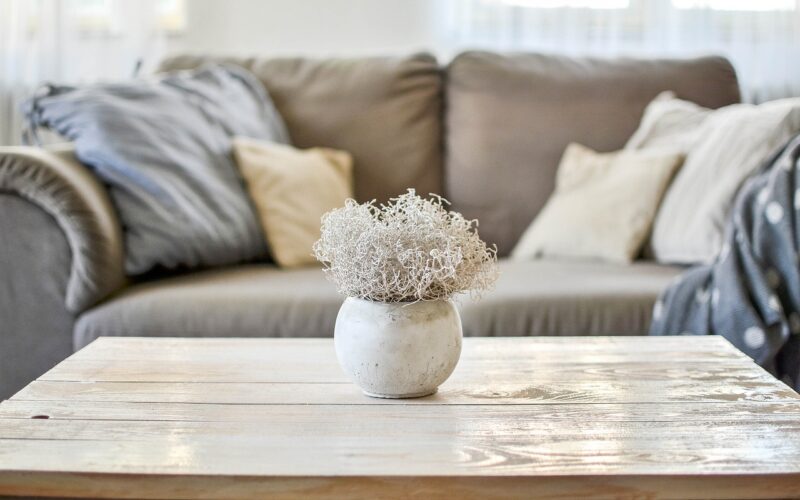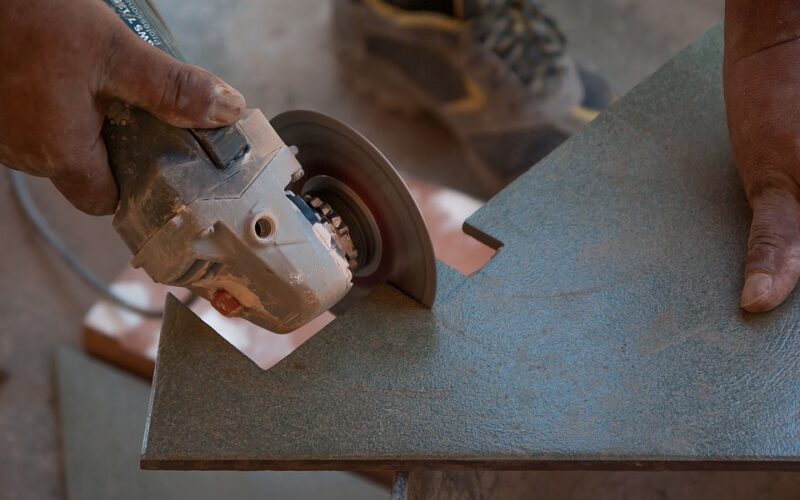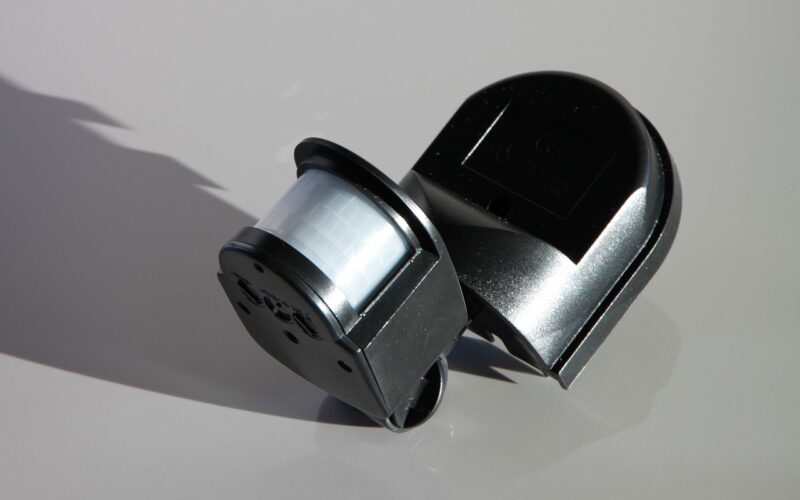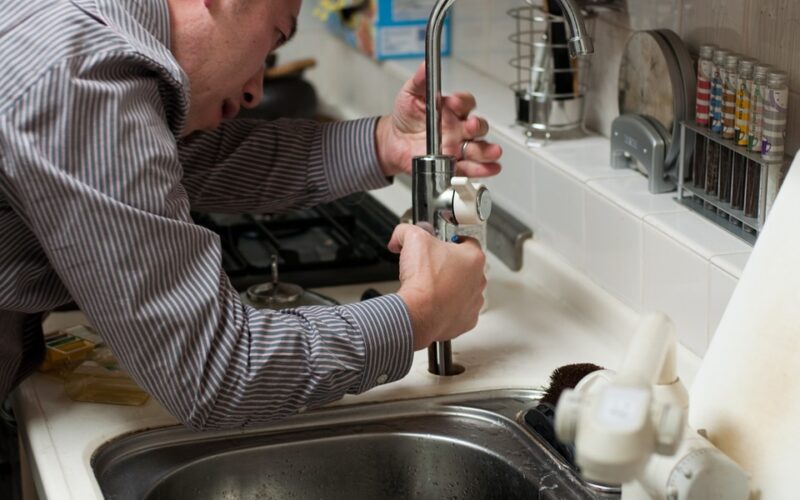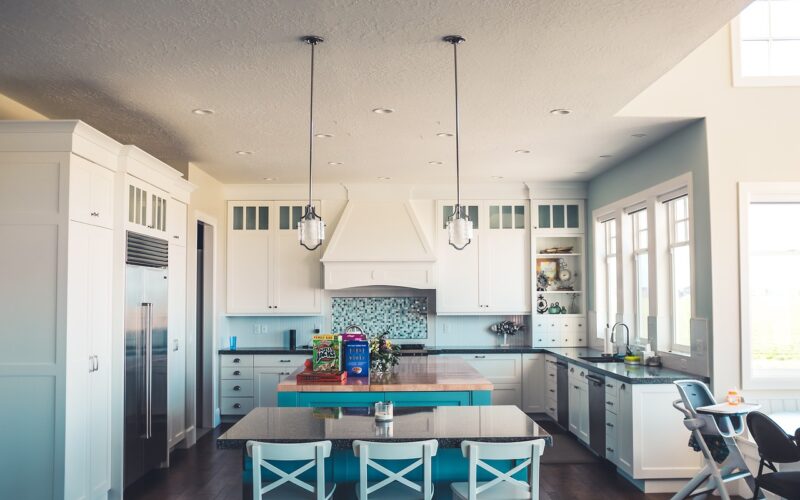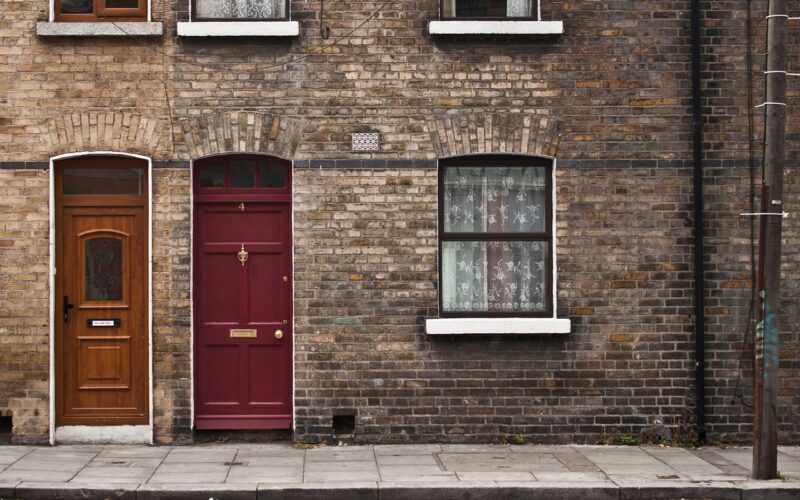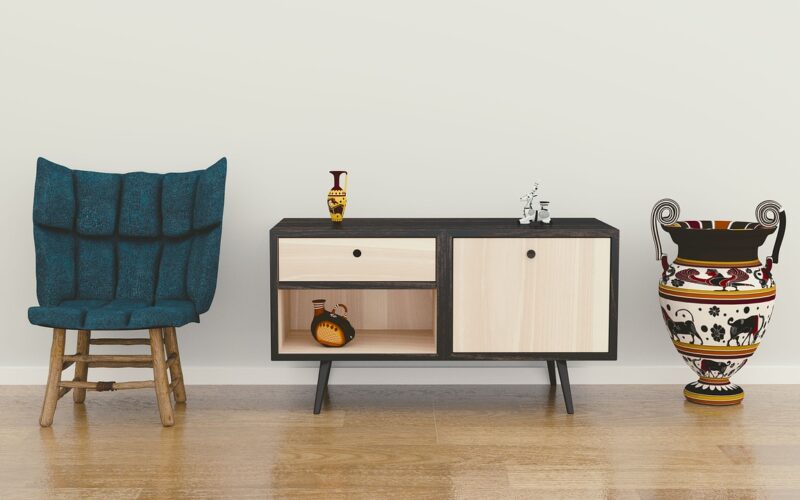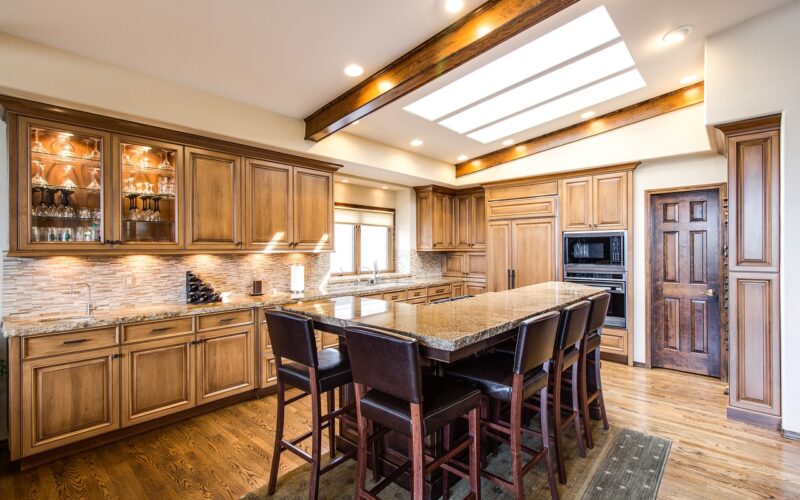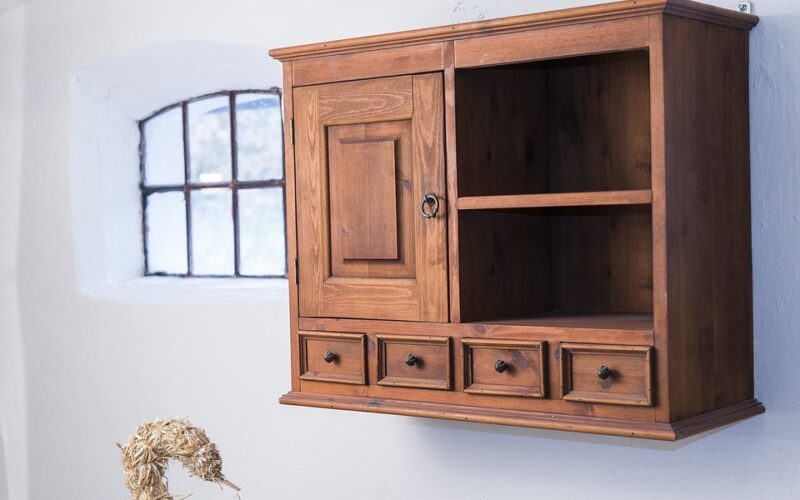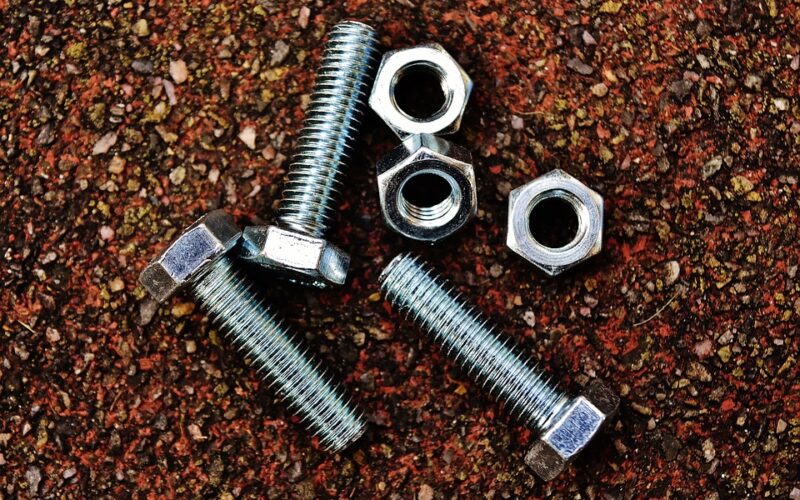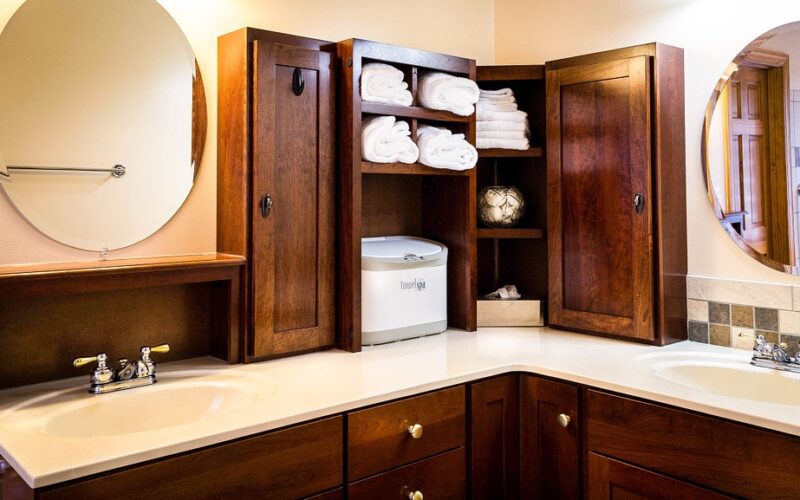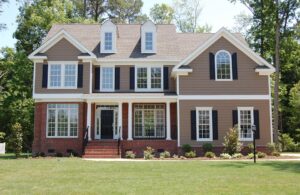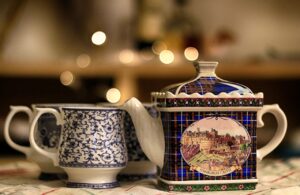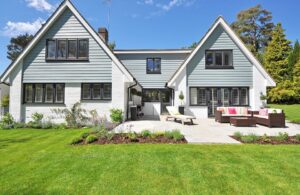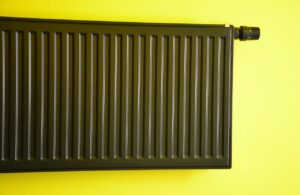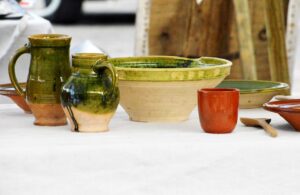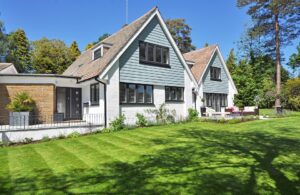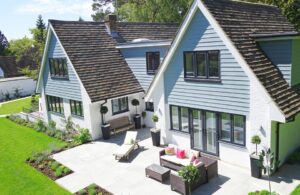If you're looking for a way to save money and create the wardrobe or storage solution of your dreams, consider fitted wardrobes or bespoke furniture. The appealing aspect is that you get the personalisation without having to break bank, as long as you are savvy in your approach and take the necessary safety precautions.
Let's discuss both sides of this equation and how best to determine whether it's worthwhile or not for your particular situation.
Fitted wardrobes and bespoke furniture
With fitted furniture, you have the flexibility to create furniture that will perfectly fit your space. Not only does this save you the hassle of constantly rearranging your space, but it also allows you to maximise the available space in your home.
On the other hand, bespoke furniture is custom made to your specific needs, meaning that it is uniquely tailored to your space, style, and requirements. Having such furniture allows you to showcase your personality and create a space that is truly your own.
Both fitted furniture and bespoke furniture are beneficial in their own way, and with the right guidance, you can create beautiful pieces that will serve you for years to come.
Hiring a professional versus doing it yourself
When it comes to building fitted furniture, there are pros and cons to both hiring a professional and doing it yourself. Hiring a professional can ensure that the furniture fits perfectly and is of high quality, but can also be quite expensive. On the other hand, doing it yourself can be cost-effective, but may not turn out as well if you lack experience in woodworking.
Another option to consider is hiring an interior designer to help you with the project. They can assist in design choices and ensuring that the furniture fits with the overall look of the space.
Ultimately, the decision of whether to hire a professional or do it yourself depends on your budget, skill level, and personal preferences.
Materials, tools, and skills
To create your own furniture, you'll need a variety of materials, tools, and skills. Some of the most important materials you'll need include wood, screws, nails, adhesives, and a finishing product like paint or stain.
In order to work with these materials, you'll also need a variety of tools, such as a saw, drill, hammer, chisels, sandpaper, and a measuring tape. However, the right materials and tools alone won't get you very far without the necessary skills.
Carpentry requires precision, patience, and attention to detail. You'll need to understand basic mathematical concepts and have the ability to read and follow blueprints and instructions. With the right combination of materials, tools, and skills, you can create your own unique and beautiful pieces of furniture that will enhance your home for years to come.
Sourcing affordable materials
When it comes to fitted wardrobes or bespoke furniture, sourcing affordable materials is a top priority. Luckily, there are many options available that won't break the bank. One option is to check out local hardware stores and home improvement centres. Many of these stores carry a variety of materials including wood, laminate, and even custom cut plywood. Another option is to look online for specialist suppliers of furniture making materials. These suppliers often offer a wide range of materials at competitive prices.
Additionally, thrift stores and salvage yards can also be great places to find unique and affordable materials for your DIY project. With a little bit of research and patience, sourcing affordable materials for your fitted wardrobes or bespoke furniture can be a fun and rewarding experience.
Get the most from your DIY project
DIY fitted furniture projects can be a fun and rewarding experience, but they can also be frustrating and overwhelming if not tackled properly. To ensure that you get the most out of your DIY project, it's important to start with a detailed plan. Sketch out your ideas and measure your space before diving into any construction.
This will help you visualise the end result and give you a clear idea of the materials you'll need. Secondly, make sure to invest in quality materials. Using cheap or low-quality materials may save you money upfront, but it will only lead to problems down the line.
Finally, take your time and be patient. Rushing through your project will only result in sloppy workmanship and mistakes that could have been easily avoided. Follow these tips and you'll be on your way to a successful DIY fitted furniture project.
Capture your DIY home renovation story for great memories
Transforming your home is an enormous undertaking that requires a great deal of time, energy, and resources. From picking out the perfect colour scheme to selecting the ideal fixtures and furniture pieces, you have undoubtedly put a lot of sweat and tears into the process of renovating your space.
As you approach the end of your renovation journey, you'll want to ensure that all of your hard work is captured in beautiful photographs that will serve as lasting memories of this transformative time.
That's why it's a great idea to hire a professional photographer to take pictures of your DIY home renovation story. By having a skilled photographer capture the details of your new and improved space, you can enjoy these memories for years to come.
